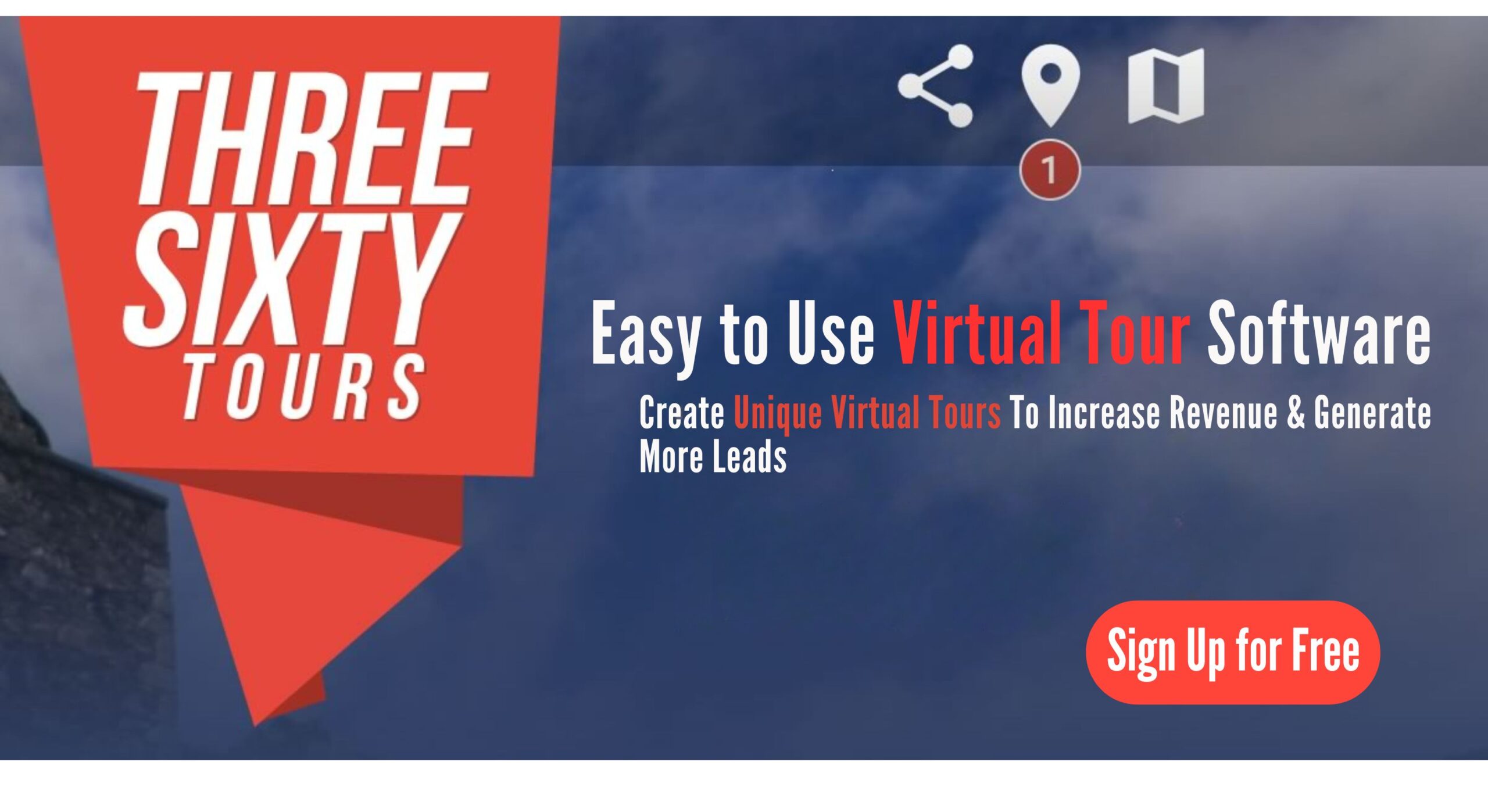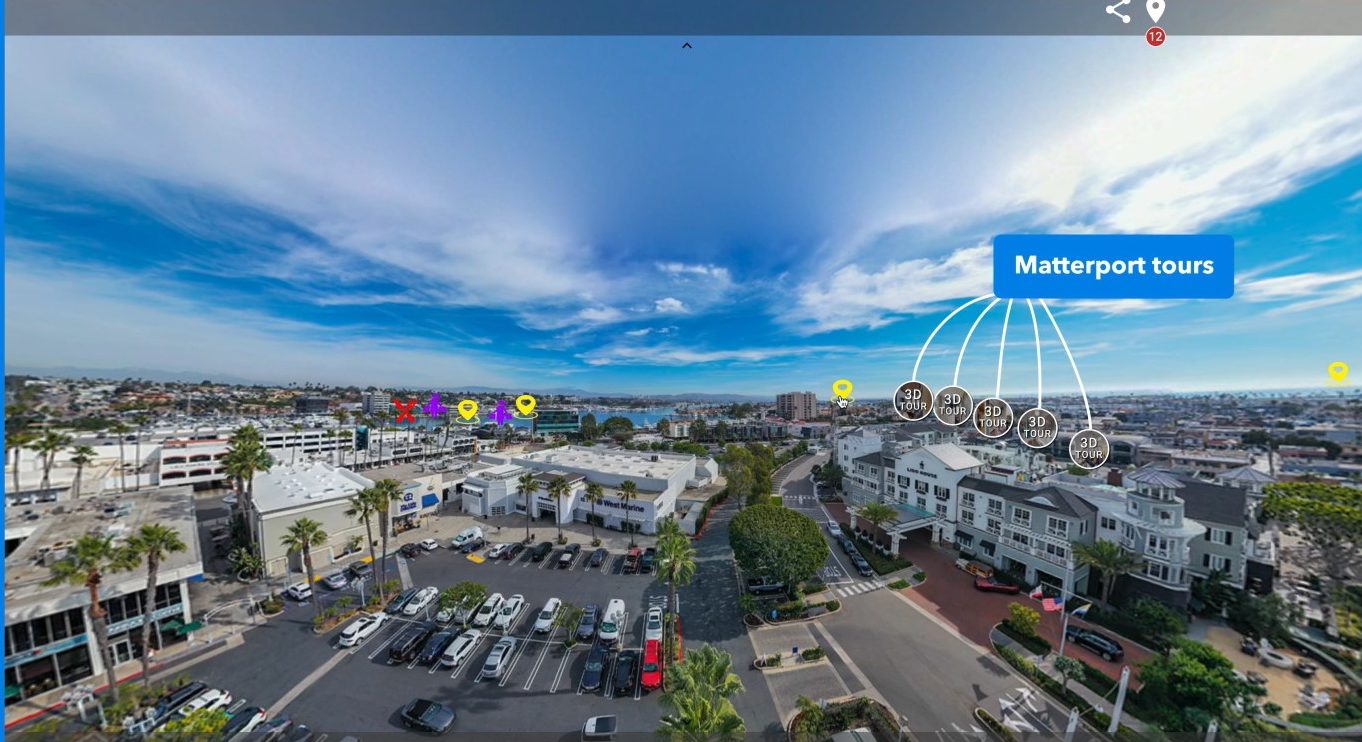how to use 360 camera
How to Use a 360 Camera: A Complete Guide for Photographers and Real Estate Agents
I. Introduction
A. What is a 360 Camera?
A 360 camera is a special type of camera with multiple lenses (usually two) that capture a full spherical view of the surroundings. Unlike regular cameras that only capture what’s in front of them, a 360 camera records everything around it. This allows viewers to explore the scene interactively, making it perfect for virtual tours, immersive photography, and real estate showcases.
B. Why 360 Cameras Matter
360 cameras have transformed industries like photography, real estate, tourism, and education. Photographers use them to create unique, immersive content, while real estate agents rely on them for virtual tours that give potential buyers a complete view of properties.
For real estate professionals, 360 cameras are game-changers. Instead of using static images, agents can offer virtual walkthroughs that let clients explore properties remotely. This saves time, improves engagement, and enhances the buying experience. If you’re looking for an easy way to create virtual tours, check out Threesixty.tours.
C. What You’ll Learn in This Guide
This guide will cover:
- The basics of 360 cameras, including types and key features
- How to set up your camera for the best performance
- Best practices for capturing high-quality 360 photos and videos
- Editing techniques to refine your content
- How to share your 360 content effectively
By the end, you’ll have the confidence to create stunning 360 visuals for photography projects and real estate virtual tours.
II. Understanding the Basics of 360 Cameras
A. Types of 360 Cameras
There are two main types of 360 cameras:
- Single-Lens 360 Cameras – These use one ultra-wide-angle lens to capture a wide field of view. However, they often require digital stitching to complete the 360-degree effect.
- Dual-Lens 360 Cameras – These have two fisheye lenses, each capturing 180 degrees. The camera stitches the images together to create a seamless 360-degree view. These are the most common and ideal for professional virtual tours.
B. Key Features to Look For
When choosing a 360 camera, consider:
- Resolution – Higher resolution means clearer images. Look for at least 5.7K video resolution.
- Stitching Quality – Some cameras stitch automatically, while others require editing. Seamless stitching is crucial for professional content.
- Battery Life – Longer battery life is essential for extended shoots.
- Stabilization – Built-in stabilization helps create smooth, shake-free videos.
- Connectivity – WiFi and Bluetooth allow for remote control and easy file transfers.
C. Basic Terminology
- Field of View (FOV) – The area captured by the camera.
- Stitching – Combining multiple images to create a seamless 360-degree view.
- Frame Rate – The number of frames per second (fps) in a video. A higher frame rate results in smoother motion.
Understanding these basics will help you choose the right 360 camera and make the most of its features.
III. Setting Up Your 360 Camera
A. Unboxing and Initial Inspection
When you get your 360 camera, unbox it carefully and check for all accessories, such as charging cables, memory cards, and mounts. Inspect the lenses—scratches or dust can affect image quality.
B. Charging and Storage Setup
Fully charge the battery before use. Most 360 cameras use microSD cards, so make sure you have a high-speed card (UHS-I or UHS-II) for smooth recording.
C. Installing Apps and Software
Many 360 cameras require a companion app for configuration and real-time previews. Download the official app for your device to adjust settings, transfer files, and even live stream.
D. Adjusting Camera Settings
Before shooting, optimize your settings:
- Set the highest resolution for sharp visuals.
- Adjust exposure and white balance based on lighting.
- Enable stabilization for smooth videos.
Proper setup ensures high-quality 360 content right from the start.
IV. Capturing Content with a 360 Camera
A. Choosing the Right Angle and Location
Since 360 cameras capture everything, placement is crucial. Position the camera at eye level for a natural perspective. Avoid placing it too close to walls or objects that could distort the view.
B. Tips for Shooting 360 Photos
- Avoid Moving Subjects – Sudden movements can cause stitching errors.
- Use Natural Lighting – Good lighting enhances image quality and reduces noise.
- Keep the Camera Steady – A tripod or monopod ensures stability.
C. Tips for Shooting 360 Videos
- Move Slowly and Smoothly – Avoid jerky motions to maintain viewer comfort.
- Experiment with Angles – Try overhead shots or low angles for unique perspectives.
- Enable Image Stabilization – Helps create professional-looking footage.
D. Using Special Modes
Most 360 cameras offer creative modes like:
- Time-Lapse – Captures frames at intervals for dynamic sequences.
- Live Streaming – Broadcasts 360 content in real-time.
Experimenting with these modes can add variety to your content.
V. Editing and Sharing Your 360 Content
A. Best Editing Software
Editing is essential for refining 360 footage. Popular software includes:
- Adobe Premiere Pro (with VR plugins)
- Insta360 Studio
- GoPro Player
B. Basic Editing Techniques
- Stitching – Ensuring seamless blending of images.
- Trimming – Removing unnecessary footage.
- Adding Effects – Enhancing visuals with filters and transitions.
C. Exporting for Different Platforms
Different platforms have specific requirements for 360 content. Export files in compatible formats (e.g., MP4 for YouTube, Facebook) and optimize resolution for smooth playback.
D. Sharing Your Content
- YouTube – Upload 360 videos for an interactive experience.
- Facebook – Share immersive photos and videos.
- Virtual Tour Platforms – Use Threesixty.tours for hosting professional virtual tours.
VI. Advanced Tips for 360 Photography and Videography
A. Enhancing Image Quality
- Use HDR Mode – High Dynamic Range (HDR) improves details in bright and dark areas.
- Shoot in RAW – RAW files provide more flexibility in post-processing.
B. Creating Interactive Virtual Tours
If you’re a real estate agent, creating virtual tours is one of the best ways to showcase properties. Platforms like Threesixty.tours make it easy to create and share immersive experiences.
C. Avoiding Common Mistakes
- Check for Stitching Errors – Misalignment can ruin the immersive effect.
- Keep the Camera Level – A tilted horizon can feel unnatural.
- Optimize for Mobile Viewing – Many users will view your content on their phones.
VII. Conclusion
A. Recap of Key Points
We’ve covered everything from choosing the right 360 camera to capturing, editing, and sharing immersive content.
B. Keep Experimenting
Don’t be afraid to try new techniques and settings. The more you practice, the better your 360 photography and videography skills will become.
C. Additional Resources
For more learning, explore online tutorials, join 360 photography communities, and check out Threesixty.tours for virtual tour solutions.
By mastering 360 cameras, photographers and real estate agents can create compelling, immersive experiences that captivate audiences. Start exploring today!


